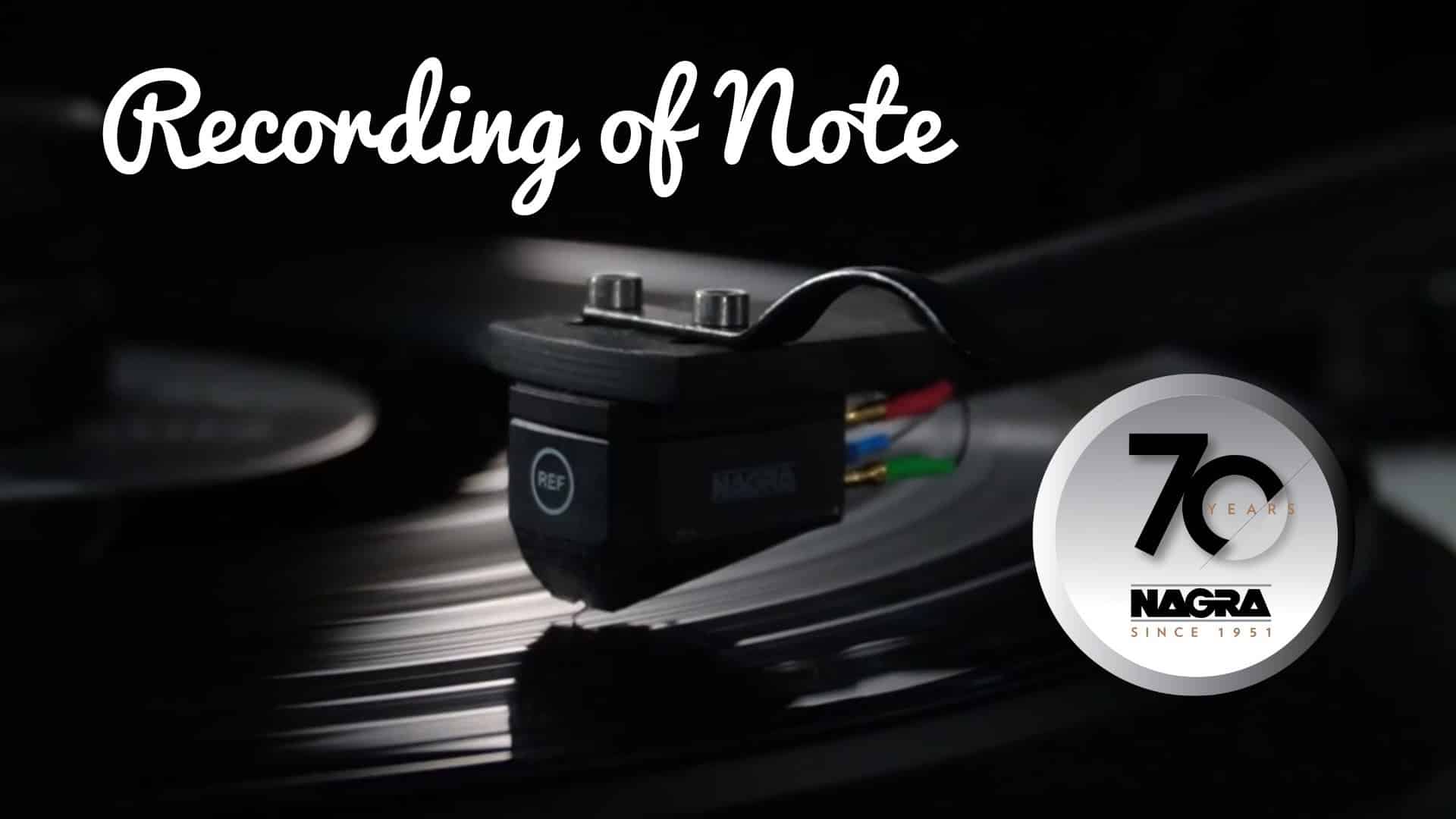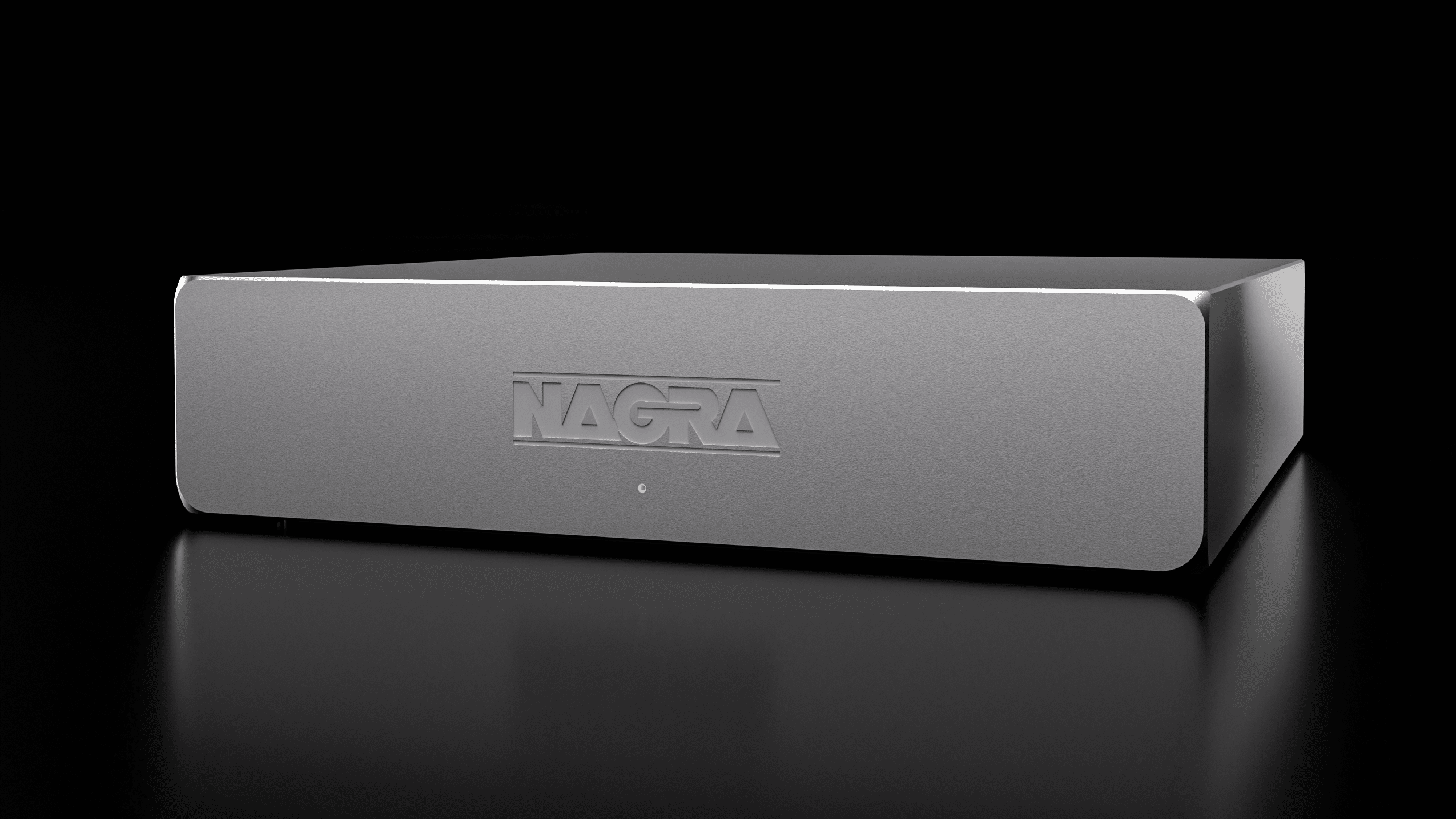Recording of Note
Muddy Waters and The Rolling Stones: Live at the Checkerboard Lounge
Review by Nagra
This edition of “Recording of Note” takes us from the Mississippi Delta to London and finally to the Southside of Chicago. The recording is “Muddy Waters and The Rolling Stones: Live at the Checkerboard Lounge”. As the title indicates, this is a live recording. The particular format version for this “Note” is the double LP with accompanying DVD.
First to the Delta. The genesis of the Delta variant of the blues can be traced back to the early 1900’s with the likes of Lead Belly, Pinetop Perkins, Robert Johnson, Sonny Boy Williamson, Howlin’ Wolf and Elmore James. These earlier practitioners passed the torch to Muddy Waters, Buddy Guy, Junior Wells, Hubert Sumlin and others. Of all of the greats to come out of the Delta and the American Deep South, Buddy Guy remains the sole surviving legend.
Now to London. Although the blues torch would never be directly passed across the Atlantic, it shined bright enough to influence a number of 20-year-olds in early 1960’s England. Among those enamored with American blues were Eric Clapton, Keith Richards (and by extension The Rolling Stones), Jeff Beck, Jimmy Page, John Mayall and Peter Green (founder of the original Fleetwood Mac line-up). It was during this time period that these, not yet, luminaries played small clubs in London and added their distorted amplified guitar sounds to classic Delta and Deep South blues songs, emulating and paying homage to their African American heroes.
Final destination, Southside Chicago – 423 E. 43rd St. to be precise. It was at this address in 1972 that Buddy Guy and a partner opened a blues club called the Checkerboard Lounge. Located in a grittier part of Chicago, portions of its red brick exterior were painted over with a white background bordered by a red and white checkerboard pattern, unassumingly announcing in blue painted block letters: “Home of the Blues”. Closer to the entrance door another white background, bordered with even more red and white checkerboard, displayed the club’s phone number above a large, hand painted, tipped at an angle, martini glass. No passerby could miss that the small building existed to serve alcohol and live blues music performed by local artists who were relatively unknown to those who were not Chicago blues enthusiasts.
For many artists from the British “blues scene” the Checkerboard Lounge was a temple. It was on a cold November night in 1981 that The Rolling Stones made a pilgrimage to the shrine. Their “Rolling Stones’ American Tour” (ultimately grossing $50 million) promoting the August release of Tattoo You took them through the American Midwest. Just the night before they played the Tattoo You hit “Start Me Up” to a sold-out arena-sized crowd in Minneapolis (Tickets were $16! The Stray Cats opened). The following day was a day off for the band before a three-day stint in Chicago. Knowing both the location and logistics of their day off, their manager visited the Checkerboard Lounge the week prior and spoke with Buddy Guy’s business partner. He proposed that the band play a show with the “headline” performer Muddy Waters. An agreement was made and on their Sunday day off the Stones and entourage walked through the door of the Checkerboard Lounge and sat at a long-reserved table where they drank, smoked, laughed and clearly enjoyed Muddy Waters and his band play.
Well into Muddy Waters performance, he called Mick to the already crowded stage. Once on stage, he asked him to join him singing a few verses from classic “Baby Please Don’t Go”. He then called out for Keith Richards. The club was so small and crowded that the only way he could get to the stage was to stand on top of the table and with a cigarette dangling from his mouth walk down its length and onto the stage. Once he had his guitar strapped on, he played a solo until Muddy called out for Ron Wood. Ron answered the call in the same way as Keith – drink in hand, cigarette dangling, he walked down the table and on to the stage. An already crowded stage became even smaller. The stadium filling, multi-million grossing members of the band beamed with big smiles as they performed in this blues sanctuary before a small, densely packed crowd. As the performance unfolded there was a subtle but clear sense that the international mega rock stars were a bit in awe to be performing in this Southside lounge with their idol whose song “Rollin’ Stone” is said to be the inspiration for the band’s name. At the same time, it was obvious that Muddy Waters was quite comfortable and secure in his perspective on the evening. He simply appeared to be having a good time playing and singing with his musical acolytes.
As the concert progressed, six minutes into the performance of the Muddy Waters/Bo Diddley classic “Mannish Boy”, Waters called out for club owner and blues legend in his own right, Buddy Guy, to join in. The dense crowd hindered Guy’s access to the stage but ultimately, he made it on stage, smiling from ear to ear. He clearly perceived that this was a very special night for his club. After singing a couple of verses he handed the mic back to Jagger. It was then that Ron Wood repeatedly pulled on his shoulder from behind. Once he had Guy’s attention, he lifted his guitar strap over his head and handed his guitar to the legend who then joined Keith Richards as “Mannish Boy” continued. At this point, Waters then called out for fellow legend, Junior Wells. Wells, too, made it to the stage and added a few verses. As he sang, from out of the crowd, yet another legend, Lefty Dizz, appeared and climbed onto the stage. He, too, sang a couple of verses. It looked like this assembly of all-star performers weren’t anxious to end the song. It isn’t until Waters persisted that the song ended, some ten minutes after its first notes.
Fortunately, the performance was captured on video tape and a DVD transfer is included with some versions of the LP release. A separate DVD/CD package is also available. Three cameras were employed in the club. The resulting video to DVD transfer is remarkably good considering the 1981 vintage of the footage.
The audio portion of “Muddy Waters and The Rolling Stones: Live at the Checkerboard Lounge” is very good, especially given the challenging physical environment of the venue. No doubt legendary mixing and mastering engineer, Bob Clearmountain’s mix and mastering of the album is a major factor in why it sounds as good as it does. It’s not perfect but it shows well on a high-performance system.
Audio quality aside, it is the video side of the package that really makes the document of this concert special. The three cameras transport the viewer to the Checkerboard Lounge. You can smell the air thick with smoke, Jack Daniel’s whisky, and spilled beer. The energy of the audience, abuzz with conversation between drinks, drags of cigarettes and music, is palpable. The video adds a dimension to the aural experience that enhances the playback. It may sound cliché but this production transports you to the club that night in a way that big stage/big venue concert videos can’t. That, this evening, not only happened but was also captured on both audio and video, preserved, and ultimately released (with great attention given to the production) 21 years after the event is something of a miracle.
If you are hesitant to track the album down in physical form, you can find the audio tracks on the popular audio streaming services.
You would do well, however, to first head to YouTube and watch some of the posted video tracks to take in the atmosphere of the venue, the position of the performers on the stage and all the visual cues that the audio only portion of the recording can’t provide. Standout tracks are “Mannish Boy” (above) and “Hoochie Coochie Man” (below).
“Muddy Waters and The Rolling Stones: Live at the Checkerboard Lounge” is a rare gem that evokes joy on a number of levels. It’s absolutely worth seeking out.
Pro tip: For further exploration, consider the Buddy Guy documentary “The Torch”. It’s a great film that finds a contemporary Guy, now in his 80’s, living with the realization that he is the last of the blues greats alive. In the film he quotes Muddy Waters telling him “In case who die first, don’t let the blues die.” Recognizing that he is the last, it is painfully obvious that Guy takes this admonition seriously. While biographical, a significant portion of the film documents his years long relationship and mentoring of guitar prodigy Quinn Sullivan to be, perhaps, a torch bearer when he is gone. The film is joyful, hopeful and compelling. You can find it on a number of the popular streaming platforms.
Check out the official trailer for the film:
Thanks to our partner Qobuz, discover this album on streaming, in high resolution here.
Thanks to them, you can get a free 3 months trial here.
Qobuz, a unique approach to online music
Qobuz is a high-resolution music streaming and download service. Pioneer of high quality sound since 2007, the French platform offers a unique and exclusive music experience. Qobuz gives music lovers and audiophiles access to an unparalleled wealth of content: a rich and eclectic catalog of more than 80 million tracks available in the best sound quality (Hi-Res and CD) and original editorial content written by a team of experts, passionate about music.
Qobuz is also the only company in the world to offer streaming and download music in high resolution.
Thank you for reading !
Get the latest news from Nagra plus some exclusive content directly in your inbox.


